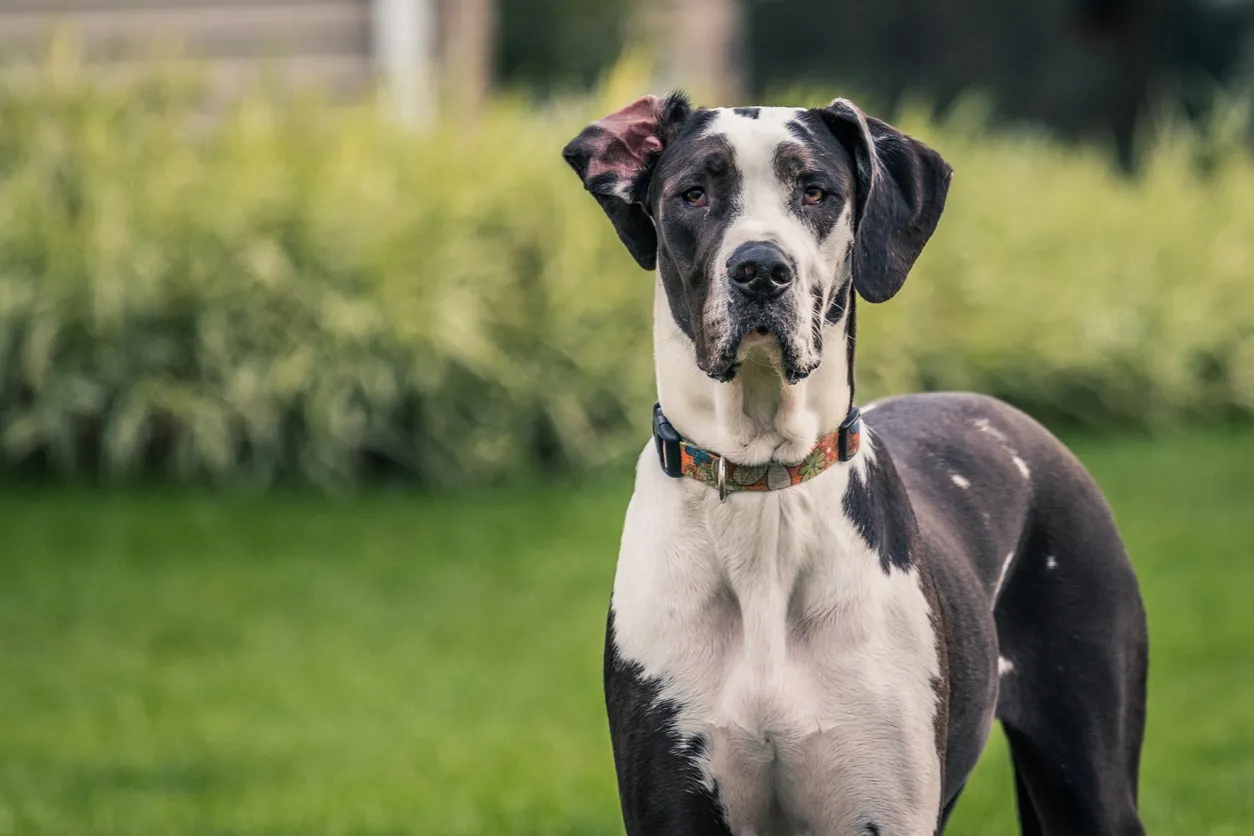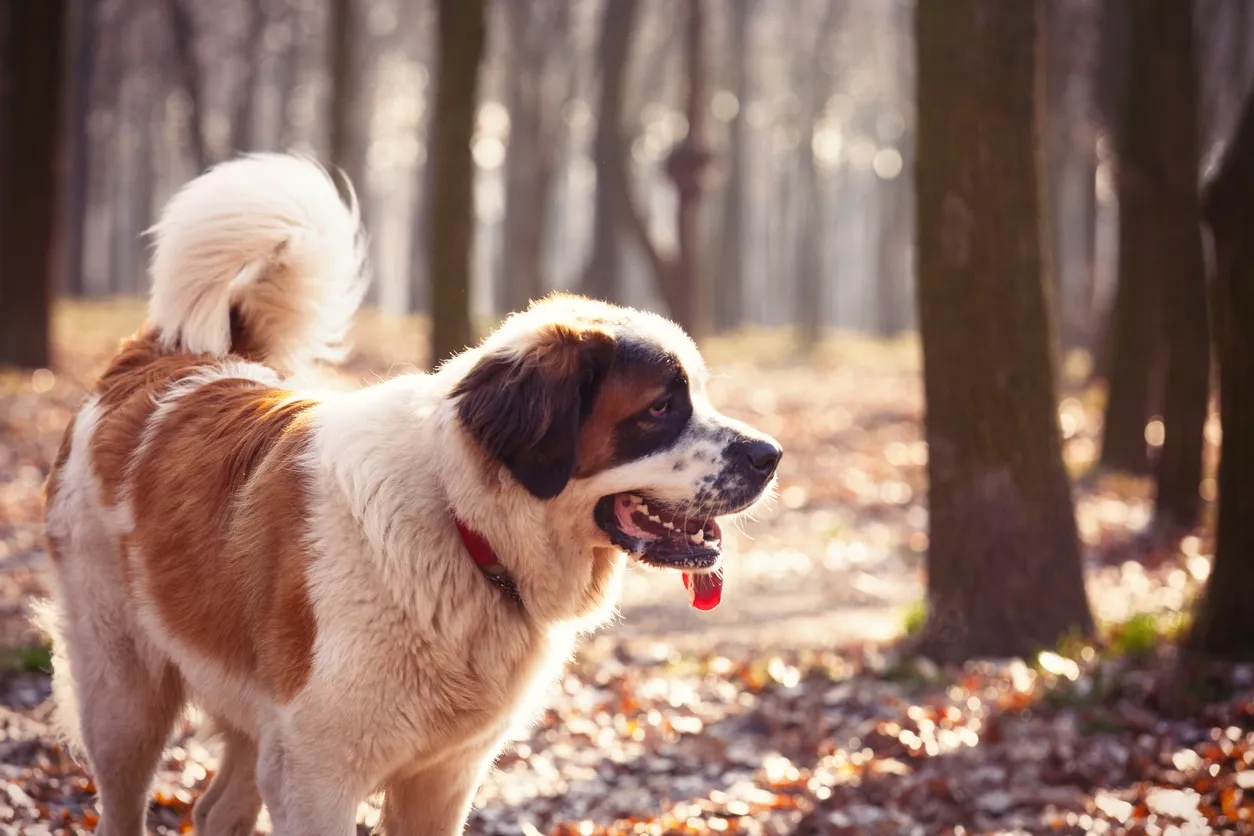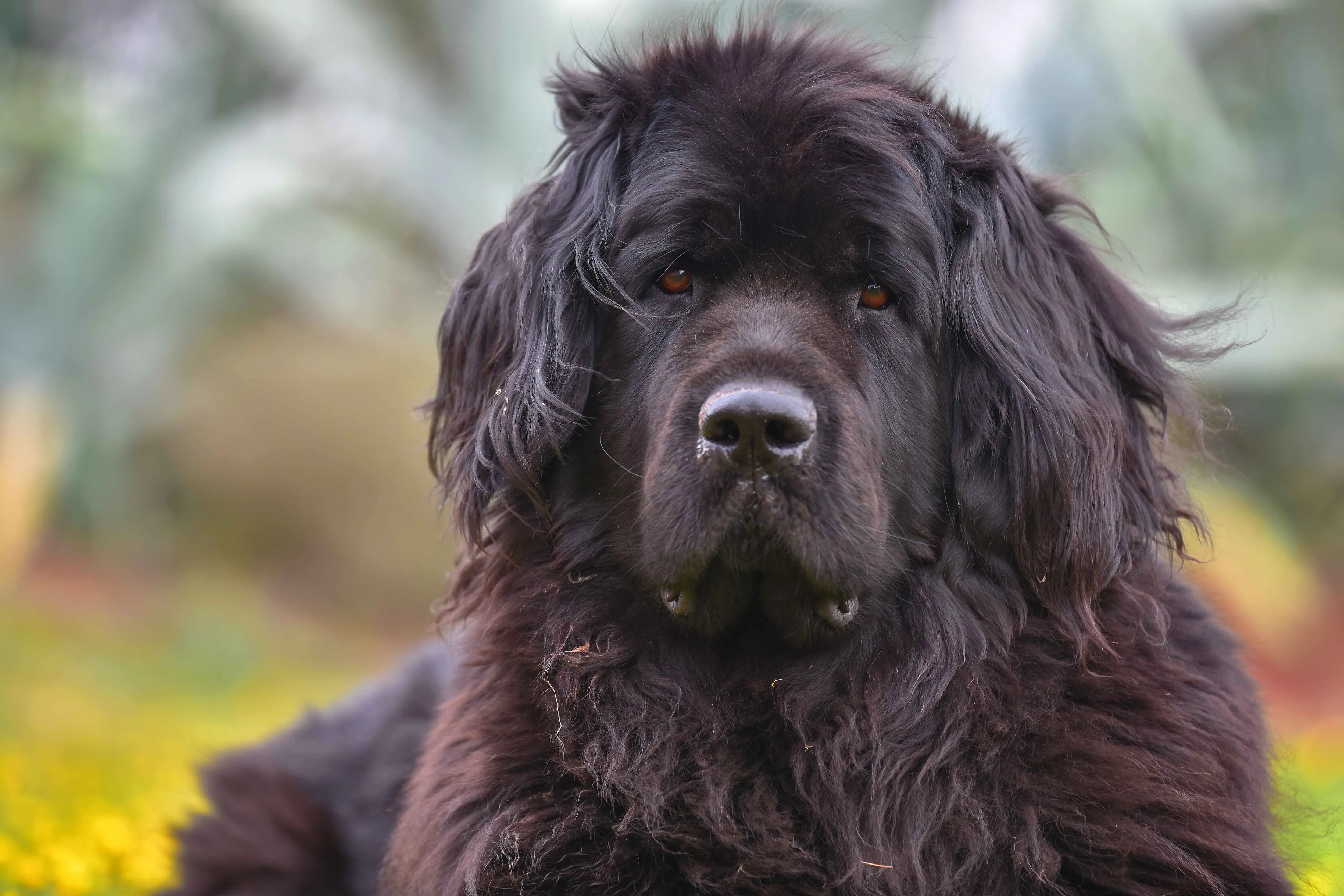There’s an undeniable majesty about welcoming a truly big dog into your life. These magnificent creatures, often referred to as gentle giants, can fill your home and heart with unparalleled joy and companionship. However, embracing one of the biggest dogs in the whole world comes with unique responsibilities and considerations that prospective pet parents must understand. From their specific health needs to the sheer amount of space they require, owning a giant breed is a commitment unlike any other. This comprehensive guide will walk you through the essential aspects of caring for these colossal canines and introduce you to some of the most impressive dog breeds on the planet.
The Unique Joys and Challenges of Owning a Giant Dog
Caring for a big dog is an incredibly rewarding experience, but it’s crucial to be prepared for the distinct challenges that come with their impressive stature and specific requirements. Understanding these aspects before bringing a large breed puppy home ensures a harmonious life for both you and your enormous companion.
Understanding Their Size and Growth
While giant breed puppies start relatively small, their growth rate is astonishing. Most of their substantial growth occurs within their first year, with many breeds reaching their full adult size between 18 and 24 months. This rapid development necessitates careful monitoring of their diet and activity to support healthy bone and joint development. Pet parents need to ensure they have ample space, both indoors and outdoors, to accommodate their dog’s large “teenage” frame and eventual adult size. Families with young children should also be mindful that even the most gentle of these giants can accidentally knock over a small child due to their sheer mass, highlighting the importance of supervision and early training.
Budgeting for a Big Companion
Unsurprisingly, owning one of the biggest dog breeds in the world often translates to a bigger budget. Large dogs require more food than their smaller counterparts to maintain their impressive physique. Furthermore, veterinary medications are typically dosed based on a pet’s weight, meaning giant breeds will need larger quantities of medicine, from routine deworming to specialized treatments. This increased need for consumables and medical care generally makes the financial commitment for a big dog more substantial than for smaller breeds, affecting everything from monthly food bills to emergency vet visits.
Common Health Concerns in Large Breeds
Unfortunately, many large dog breeds are predisposed to a range of specific health conditions that pet parents should be aware of. Gastric Dilatation-Volvulus (GDV), commonly known as bloat, is a life-threatening emergency where the stomach twists, and is a particular concern for deep-chested breeds. Hip and elbow dysplasia, which are abnormal formations of the joints, are also prevalent and can lead to arthritis and mobility issues. Other conditions like wobbler syndrome (affecting the neck and spine) and hypothyroidism (an underactive thyroid) are also more common in these magnificent animals. A general trend observed in the canine world is that big dogs tend to have shorter lifespans compared to smaller breeds, often living between 6-10 years. Regular veterinary check-ups and preventative care are paramount for managing these risks.
Essential Training for Gentle Giants
Training and socialization are crucial for all dogs, but they are especially vital for the biggest dog breeds in the world. Considering that some breeds can exceed 200 pounds in adulthood, early and consistent training ensures that your dog develops good manners and appropriate social behaviors while they are still a manageable size. Imagine the difference between a 20-pound Beagle jumping up versus a 140-pound Newfoundland doing the same! Positive reinforcement methods, starting in puppyhood, are highly effective in teaching obedience, leash manners, and polite interactions, setting the foundation for a well-behaved and cherished family member.
Discovering the Biggest Dog Breeds in the World
Now, let’s explore some of the most remarkable and largest dog breeds that capture hearts with their size and gentle nature. Each of these breeds brings a unique set of characteristics, temperaments, and histories.
1. Irish Wolfhound
 A majestic gray Irish Wolfhound stands alert outdoors, showcasing its impressive height
A majestic gray Irish Wolfhound stands alert outdoors, showcasing its impressive height
Weight: 105–120 pounds
Height: 30+ inches
The Irish Wolfhound is frequently recognized as the tallest dog breed globally, with some individuals standing over three feet tall at the shoulder. Despite their formidable size, these hounds often possess sensitive and gentle personalities. They are prone to certain health issues, including hip dysplasia and the life-threatening condition of GDV, contributing to their relatively short lifespan of typically 6–8 years. Like all dogs, Irish Wolfhounds respond best to training methods that utilize positive reinforcement. Using a clicker and engaging treats can make training sessions both fun and effective for these intelligent, albeit sometimes reserved, giants.
2. Great Dane
 A striking black and white Great Dane looks directly at the camera with a gentle expression
A striking black and white Great Dane looks directly at the camera with a gentle expression
Weight: 110–175 pounds
Height: 28–32 inches
It’s easy to understand how Great Danes earned their “Great” moniker, given their truly impressive size. The “Dane” part of their name is a historical enigma, as the breed’s origins lie in Germany, where they were developed as powerful hunters and guardians. These magnificent dogs are among the biggest dogs in the whole world, known for their quiet and gentle demeanor despite their imposing stature. Great Danes require ample space to stretch their long legs and engage in sufficient exercise to maintain their health and happiness. Their calm temperament often makes them wonderful family pets, provided they receive proper socialization and training from an early age.
3. Saint Bernard
 A fluffy Saint Bernard dog sits serenely among green trees in an outdoor setting
A fluffy Saint Bernard dog sits serenely among green trees in an outdoor setting
Weight: 120–180 pounds
Height: 26–30 inches
Originally famed for their heroic avalanche search-and-rescue missions in the Swiss Alps by monks, Saint Bernards have transitioned into beloved family dogs. They are celebrated for their affectionate, loyal nature and their remarkable patience with children, making them excellent companions for families. These big dogs possess a naturally low prey drive, which further contributes to their calm household presence. However, due to their historical role as working dogs, Saint Bernards often retain a love for digging. Pet parents should be mindful of this inclination when their Saint Bernard is outdoors, providing appropriate outlets for this natural behavior.
4. Mastiff
 A close-up portrait of a majestic English Mastiff, highlighting its powerful build and gentle eyes
A close-up portrait of a majestic English Mastiff, highlighting its powerful build and gentle eyes
Weight: 120–230 pounds
Height: 27.5+ inches
Truly a giant among giants, the Mastiff, also known as the Old English Mastiff, stands as one of the biggest dogs in the whole world. Despite their immense size, these dogs typically have low energy levels, making them content to spend their days relaxing at home with their beloved families. While Mastiffs can initially be reserved and wary of strangers, early and consistent socialization is key to helping them develop into friendly and outgoing companions. With proper introduction and positive experiences, they learn to welcome new people warmly.
5. Newfoundland
 A close-up portrait of a magnificent black Newfoundland dog staring intently at the camera
A close-up portrait of a magnificent black Newfoundland dog staring intently at the camera
Weight: 100–150 pounds
Height: 26–28 inches
Newfoundlands, affectionately nicknamed “Newfies,” are massive, friendly dogs renowned for their incredibly sweet and gentle temperaments. Historically, these powerful dogs were bred to assist fishermen, pulling carts and hauling nets in the harsh environments of Newfoundland and Labrador. Their strong connection to water also saw them serve as exceptional water rescue dogs. To this day, Newfies retain their love for swimming and splashing around, often enjoying a good water session followed by a well-deserved long nap. Their calm disposition and protective instincts make them wonderful family pets.
Owning one of the biggest dogs in the whole world is an extraordinary journey filled with profound loyalty and unique challenges. These gentle giants, from the towering Irish Wolfhound to the majestic Newfoundland, require dedicated care, including specific health considerations, ample space, and consistent training. By understanding their needs and preparing accordingly, pet parents can provide a loving and supportive environment for these magnificent companions. The immense joy and unconditional love they bring into a home truly make the effort worthwhile. Continue exploring our “Dog Care Story” website for more in-depth articles on dog health, training, and breed-specific advice to ensure your beloved canine thrives!
